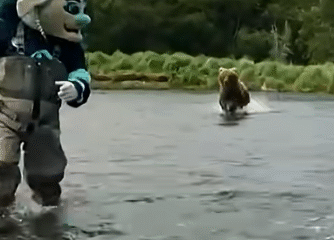News
AI Will Live On: Will You Leave Behind a Generative Ghost?
**Beyond the Grave: Can AI Preserve Our Digital Legacy?**
Imagine a world where loved ones don’t truly fade away. Where their memories, voices, and even mannerisms live on in digital forms. This isn’t science fiction; it’s a reality being explored by Jed Brubaker, a professor at the University of Colorado Boulder. Brubaker is delving into the realm of “generative ghosts”—AI versions of the deceased, created from the digital footprints they leave behind. This raises profound questions about death, privacy, and the digital afterlife.
What’s Happening?
Professor Jed Brubaker is pioneering research into AI that can replicate deceased individuals, using their online data and communications. This field, known as digital legacy or generative ghosts, blurs the lines between life and death.
Where Is It Happening?
The research is being conducted at the University of Colorado Boulder, with implications for tech industries and societies worldwide.
When Did It Take Place?
Brubaker’s research is ongoing, with significant work being done in 2023, as data privacy, AI development and generative AI advance.
How Is It Unfolding?
- Brubaker’s team is analyzing social media profiles, emails, and other digital footprints to train AI models.
- They are exploring ethical implications of creating AI versions of deceased individuals
- The research aims to understand how these generative ghosts might impact grieving processes.
- It also touches on privacy concerns and the right to control one’s digital afterlife.
- Brubaker is working on policy recommendations for tech companies and lawmakers.
Quick Breakdown
- AI models can now mimic deceased individuals using their digital data.
- This raises ethical questions about consent and privacy.
- Could generative ghosts help with grief, or complicate the healing process?
- Research is ongoing at the University of Colorado Boulder.
- Potential for tech industry guidelines and policy changes.
Key Takeaways
Brubaker’s work goes beyond cool tech shows like Black Mirror and asks deep questions about how we view death in the digital age. Creating AI versions of the deceased could provide comfort to some, allowing them to interact with a simulation of their loved ones. However, it also raises concerns about consent, privacy, and the potential for misuse. As AI continues to advance, it’s crucial to have open conversations about these issues and establish guidelines for responsible development. It may be the question of the century as the world’s oldest technology—the family photo—gets increasingly younger and younger and more complex.
We’re not just creating tools; we’re creating new forms of life. And with that comes immense responsibility.
– ProfessorJed Brubaker, University of Colorado Boulder
Final Thought
**AI generative ghosts challenge our understanding of life, death, and what it means to be human. From AI-driven photo interactivity and moving images to cooking algorithms to morse code sent from outer space. As AI continues to blurr the lines of what is death, one thing seems certain: we must approach this technology with caution, empathy, and an commitment to ethical guidelines.** By fostering open dialogues about privacy, consent, and the potential impacts on mental health, we can ensure that these tools are developed and used responsibly. The digital afterlife is no longer a distant concept—it’s a reality that demands our attention and thoughtful consideration.



















